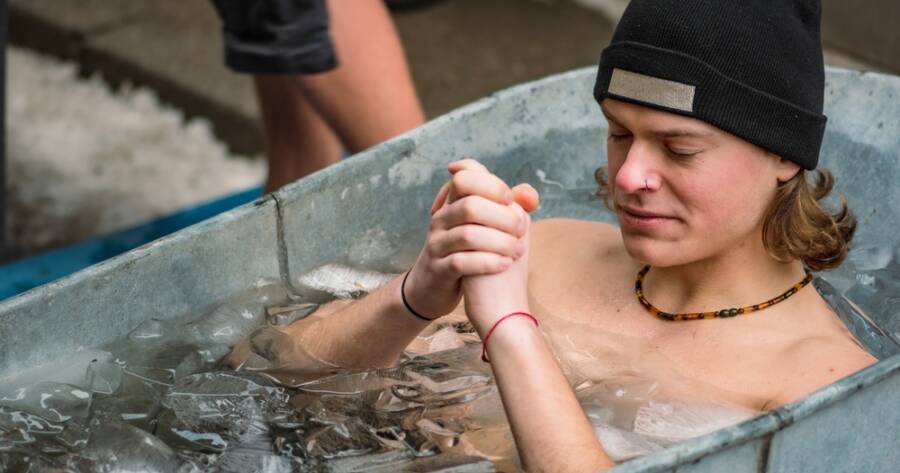Cold plunge therapy, the practice of immersing the body in cold water for short periods, has gained tremendous popularity in the United States over the past few years. Athletes, wellness enthusiasts, and even casual exercisers are trying it as a way to recover faster, improve mental health, and boost overall vitality. While it may seem like just another health trend, cold exposure is rooted in science and tradition. Understanding its benefits, potential risks, and best practices can help you decide if it’s right for you.
The Benefits of Cold Plunge Therapy
One of the biggest reasons people turn to cold plunges is for recovery. Immersing the body in cold water helps reduce inflammation, which can ease sore muscles after workouts. This is why many professional athletes use cold baths after training or competition.
Cold plunges may also improve circulation. When the body enters cold water, blood vessels constrict. After leaving the water, they open back up, which can stimulate better blood flow. Many people report feeling more energized and alert afterward, similar to the refreshing jolt of a cold shower but often more intense.
Another potential benefit is mood improvement. Research suggests that cold exposure may help release endorphins and neurotransmitters that boost mood. Some studies even connect regular cold plunges with reduced symptoms of anxiety and depression. For many, the mental clarity and resilience that follow are just as valuable as the physical effects.
Understanding the Risks
While cold plunge therapy has its benefits, it is not without risks. Prolonged or extreme exposure to cold water can be dangerous, leading to hypothermia or shock. People with heart conditions, high blood pressure, or other circulatory issues should speak to a doctor before attempting it.
For beginners, even short exposures can feel overwhelming. Cold shock—the body’s initial reaction to sudden immersion—can cause rapid breathing, increased heart rate, and even panic. Without preparation, this can be unsafe. That’s why experts recommend starting slowly, paying attention to how your body reacts, and avoiding pushing past your limits.
It’s also important to remember that cold plunges are not a cure-all. While they can support recovery and mental health, they should be part of a balanced approach that includes sleep, nutrition, and exercise.
How to Get Started Safely
If you’re curious about cold plunge therapy, starting small is the best approach. A cold shower can be a gentle introduction, helping your body get used to the sensation of cold water. Gradually lowering the temperature and increasing exposure time can prepare you for a full plunge.
When you’re ready to try a proper cold plunge, keep sessions short. Most experts recommend beginning with one to three minutes of immersion. Focus on steady breathing, as controlling your breath can calm the body’s stress response. Afterward, warm up gradually with a towel, blanket, or light movement—avoid jumping straight into a hot shower, which can strain your system.
You don’t need special equipment to begin. A bathtub filled with cold water and ice can be an accessible starting point at home, while gyms and wellness centers increasingly offer cold plunge pools for members.
Building a Routine That Works for You
Consistency often matters more than intensity. Some people practice cold plunges daily, while others find benefits from just a few times per week. The key is listening to your body and finding a rhythm that feels sustainable. Pairing plunges with exercise recovery or morning routines can make them easier to integrate.
Just as important is balancing cold exposure with recovery. Make sure to fuel your body properly and avoid plunges if you’re sick or feeling overly fatigued. Over time, many people find that the practice not only supports physical recovery but also builds mental resilience, teaching them how to stay calm under stress.
Taking the Plunge With Awareness
Cold plunge therapy offers an exciting mix of physical recovery, mental clarity, and resilience training. For some, it provides faster muscle healing and sharper focus; for others, it’s a ritual that supports stress relief and mindfulness.
But like any wellness practice, it’s important to approach it with awareness and caution. By starting small, respecting your limits, and consulting a medical professional if you have health concerns, you can explore the benefits of cold plunge therapy safely and confidently—one refreshing plunge at a time.

